Learning stealth from the French military
The La Fayette, the French Navy’s frigate, is lean, mean and silent. Some takeaways from a tour of the classic.

Former Fellow, International Security Studies Programme
M.A. and M.Phil. in International Relations from Jawaharlal Nehru University
International security and conflict, cyber-security, defence business, counter-terrorism
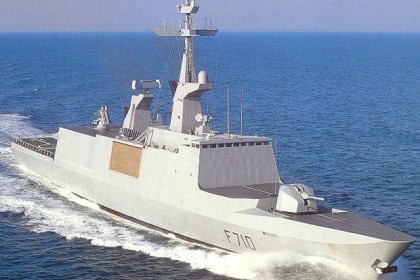 Courtesy:
Courtesy:
 Courtesy: Gateway House
Courtesy: Gateway House
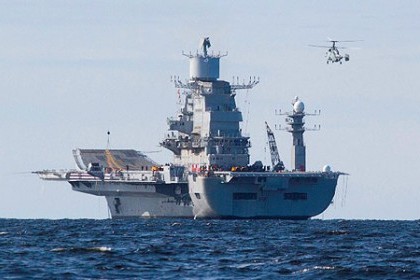 Courtesy: Wiki
Courtesy: Wiki
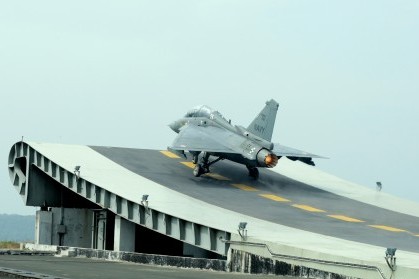 Courtesy: Wikipedia
Courtesy: Wikipedia
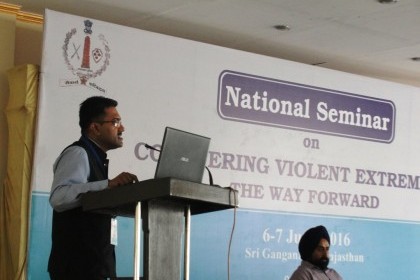 Courtesy: Sameer Patil
Courtesy: Sameer Patil
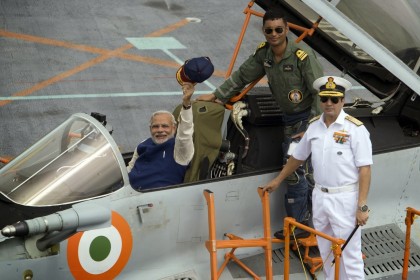 Courtesy: Indian Navy
Courtesy: Indian Navy
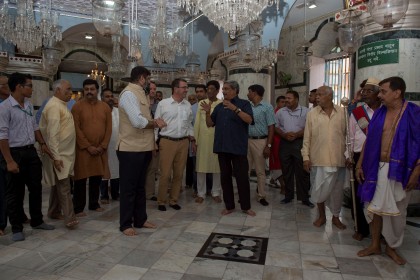 Courtesy: Department of Defense, U.S. Gov
Courtesy: Department of Defense, U.S. Gov
 Courtesy: Wikipedia
Courtesy: Wikipedia
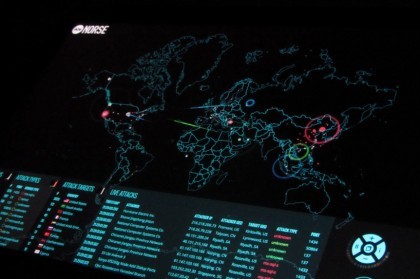 Courtesy: Christiaan Colen / Flickr
Courtesy: Christiaan Colen / Flickr
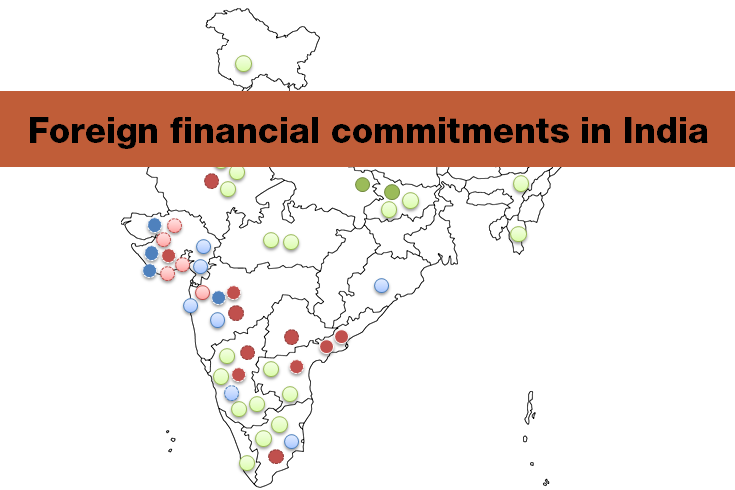 Courtesy: Gateway House
Courtesy: Gateway House
